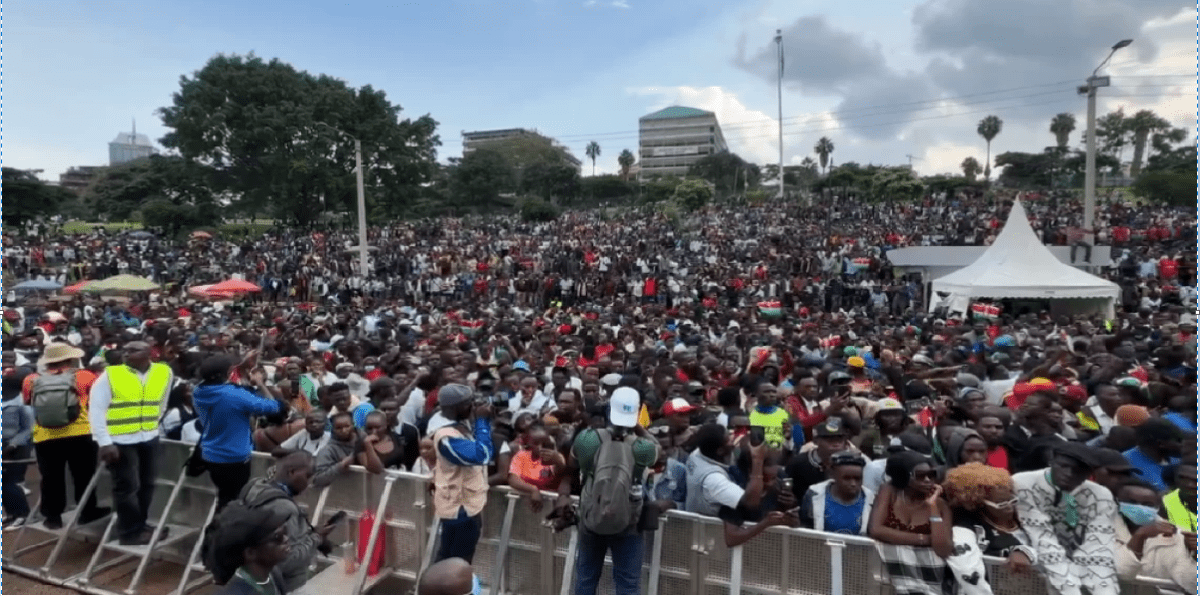July 7 is a day that holds a whole lot of memory for Kenyans. Saba Saba was a day for a democracy rally in 1990 that would shape Kenya’s future. This year, on July 7, the Kenyan youth took to the newly renovated Uhuru Park to remember those who died during the Finance Bill protests.
In song, the youth celebrated them and their names were read out, stating they were a part of the revolution. As a Kenyan, do you know the original history behind the significant date of 7/7?

The name Saba Saba is borrowed from our neighbor Tanzania. The day for Tanzanians marks when the Tanganyika African National Union {TANU} was formed on 7th July 1954.
Saba Saba is a story of Kenyans fighting for their democratic rights due to oppressive dictatorship. The demonstrations of Saba Saba were orchestrated by opposition leaders in 1990 and would take place at the Nairobi Kamukunji grounds. This was at a time when Daniel Arap Moi was the then president.
July 4, 1990 did not sit as a pleasant day for those who were thought to be the leaders of these protests. This day saw them arrested, those arrested were Raila Amolo Odinga, Kenneth Matiba, and Charles Rubia.
Their arrest was used as a way to counter and stop the protest but this did not bear any fruits. The demonstrations took off as planned. Oppression and hard times led Kenyans to go out and call for democracy and constitutional change on Saba Saba.

The protest went on for four days, the protestors took to the streets chanting ‘’WOOI WOOI SISI TUNATAKA KATIBA IBADILISHWE’’ [We want the constitution changed]. Siaya governor James Orengo, Paul Mwite, and Anyang Nyongo were among those participating in the protests.
The aftermath of the protest left around 21 protesters dead. The protest did bear a beautiful sight for Kenyan democracy as the ruling party KANU allowed the formation of more political parties. This initiative by KANU was followed by multiparty elections in the year 1992.
The day still lives on as it has been used as a motivation to fight against oppression and crippling taxes by the Kenyan youth.
















